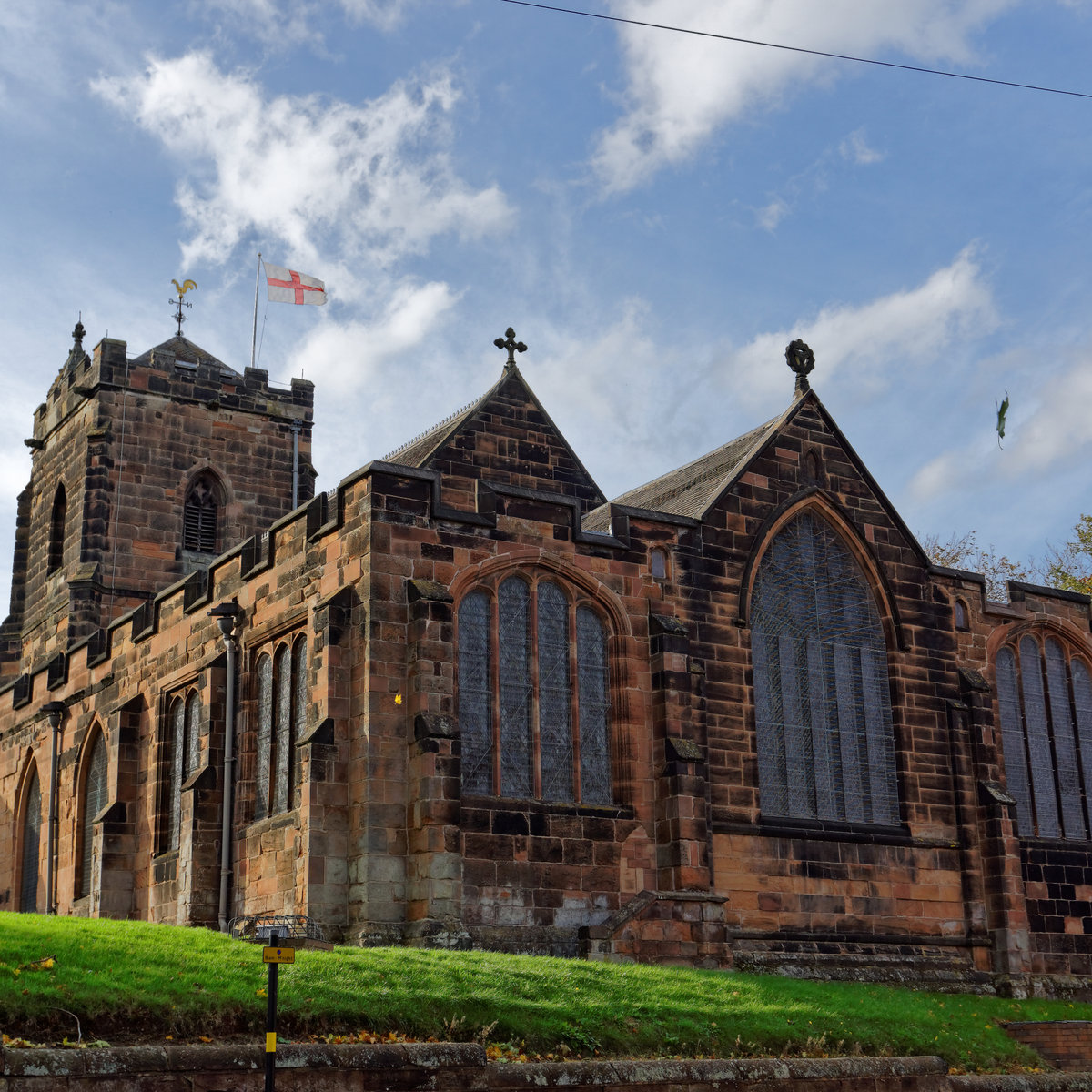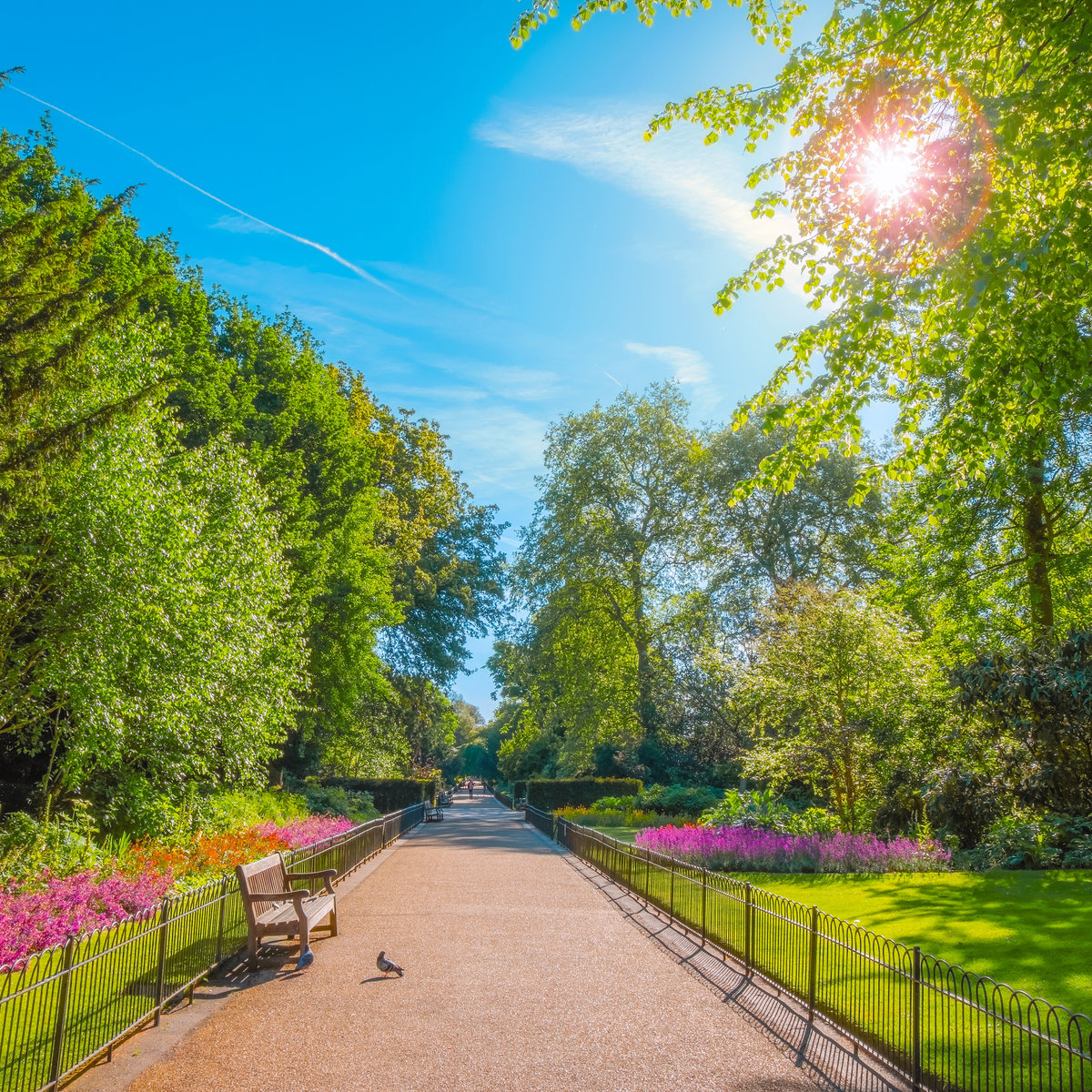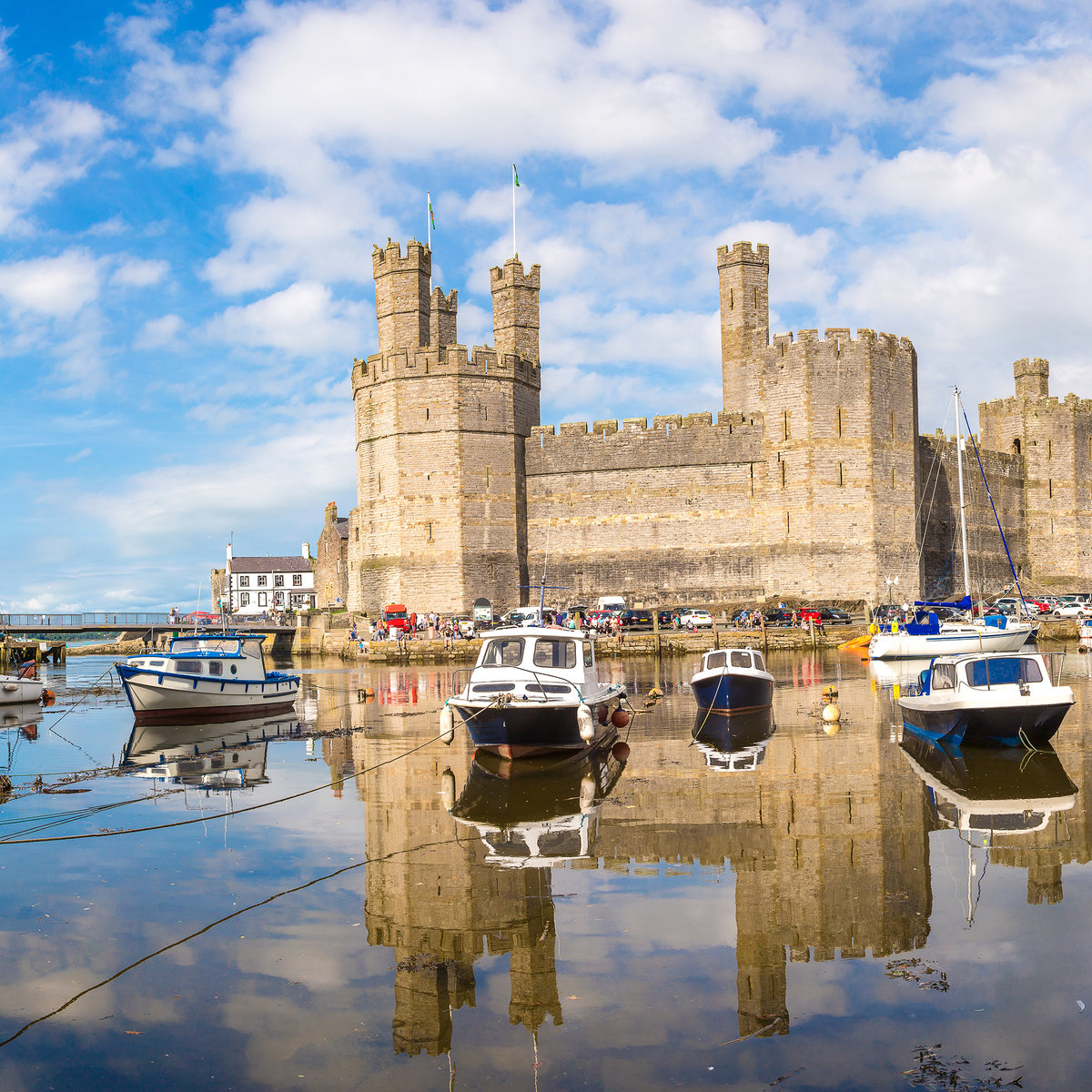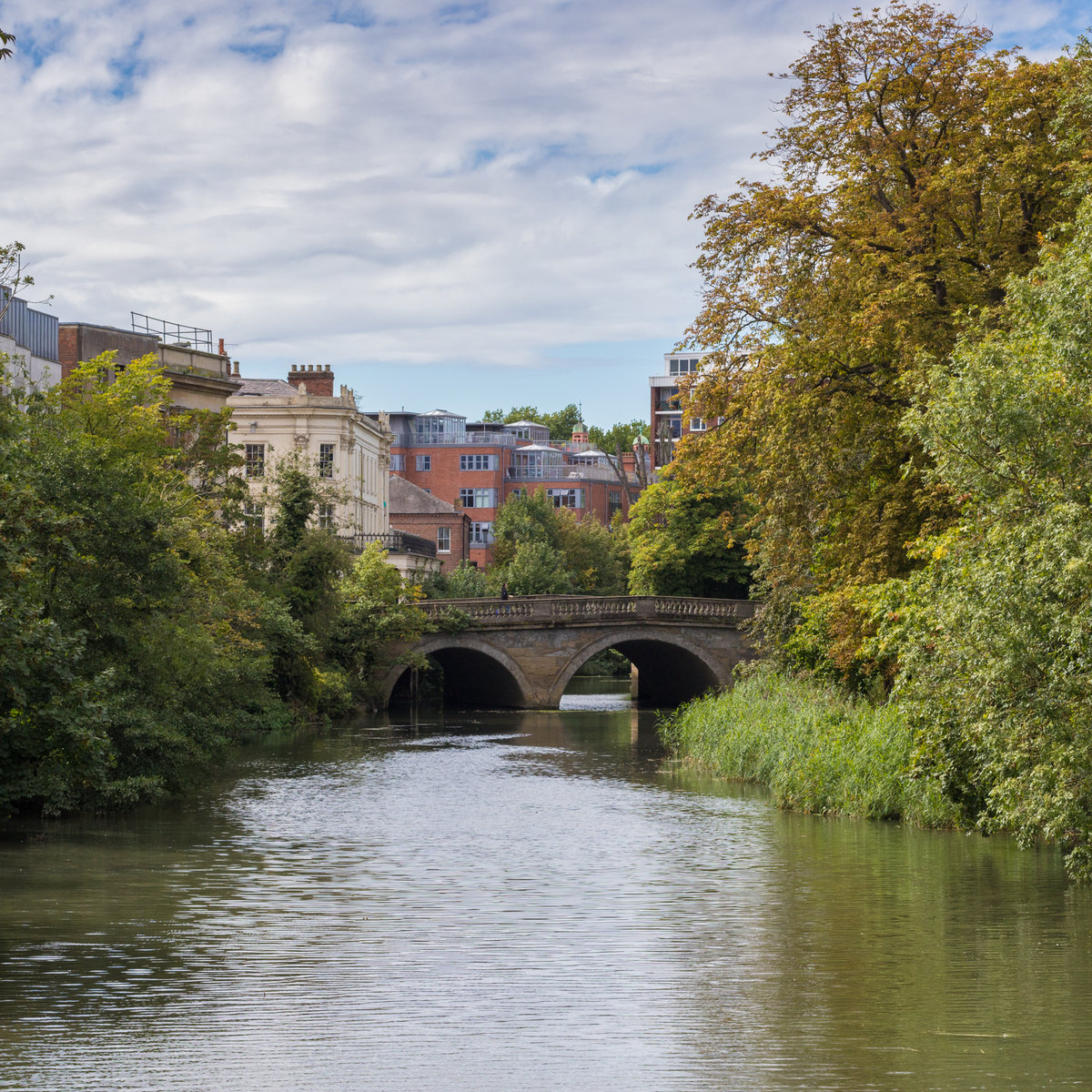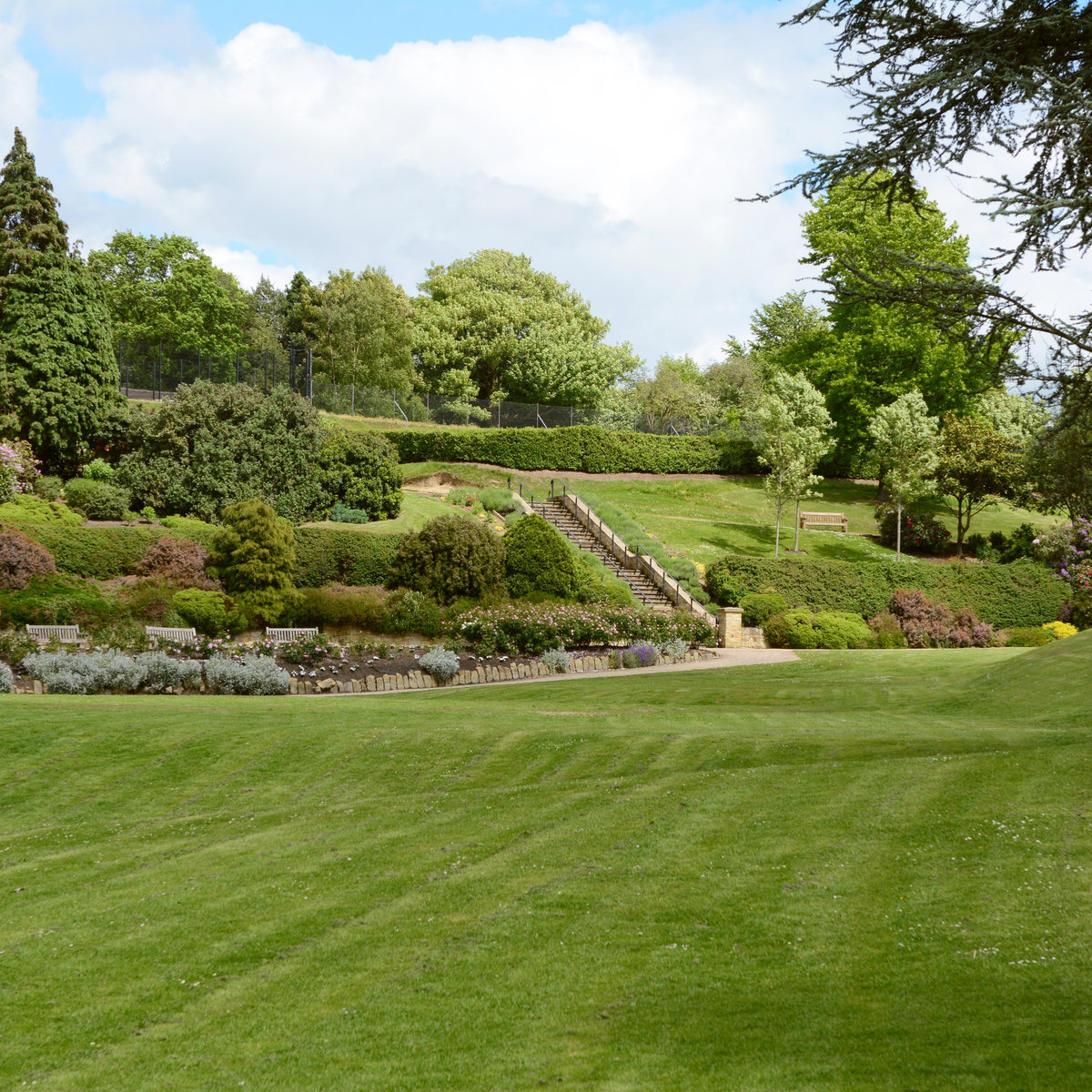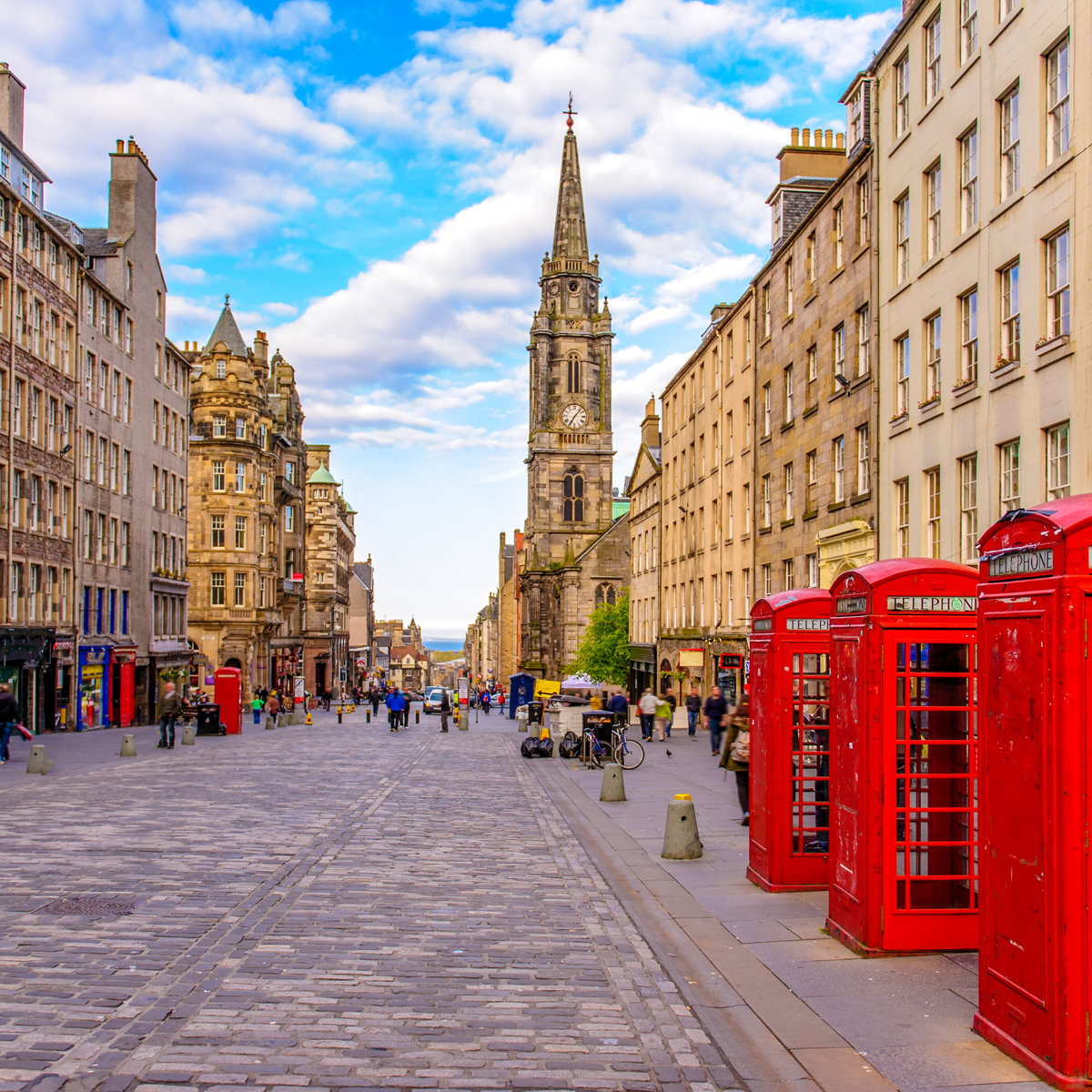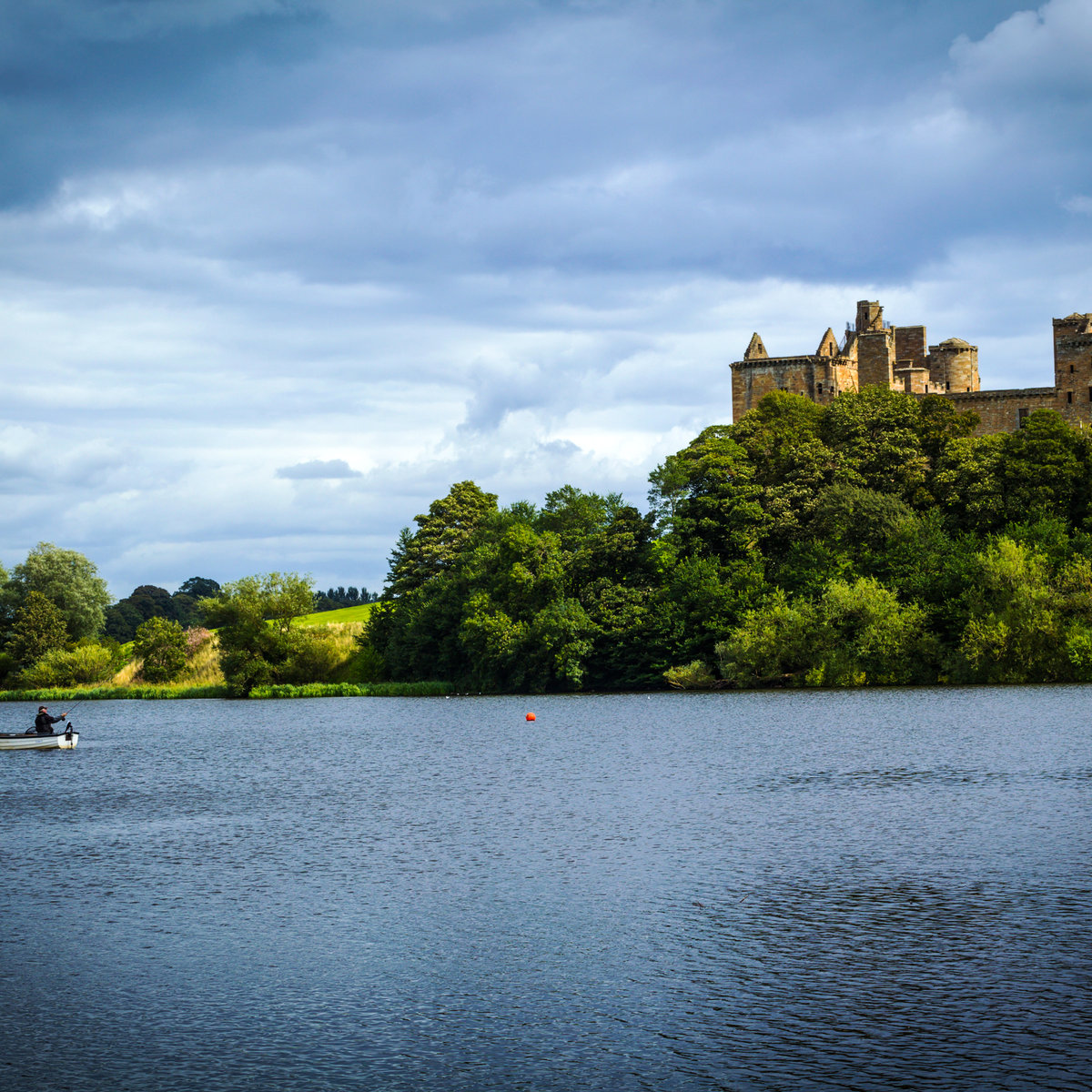A Right Royal Romp
10 Trails with 'Royal' in the title
Time to get your glad rags on and celebrate! The 6th of May, 2023, marks the coronation of King Charles III.
There's an extra-long weekend to enjoy, packed full of right royal revelry across the UK and beyond. In between street parties, community activities and watching the Coronation Concert broadcast, make time for an adventure to discover the hidden gems of the King's brilliant homeland.
Need inspiration? Check out these 10 Trails with Royal in the title! If you're lucky, you might even unlock the Royal Badge...
The Royal Town of Sutton Coldfield
Just a stone's throw away from Birmingham is the brilliant historical town of Sutton Coldfield, with hidden gems to discover and twisting tales to unearth. Pack a picnic fit for a king (don't forget the strawberries and cream!) for when you reach Sutton Park, one of the biggest public parks in Britain.
But, how is it royal?
Well, Sutton Coldfield was granted Royal Town status all the way back in 1528 thanks to one man - John Vesey. Local boy Vesey (born John Harman) began his career in the church as a chaplain before moving up the ranks, becoming Chaplain to Henry VIII and Bishop of Exeter. Vesey spearheaded a revival of Sutton Coldfield, even building a Grammar School that's still open today. He managed to get the town a Royal Charter through his friendship with King Henry. Nice one!
Royal Wootton Bassett
This detective mystery will take you from old to new as you explore the highlights of the historic market town. Wander along the tree-lined High Street with its Georgian buildings and curious Town Hall before finishing at the modern memorial monument, a focal point of the town.
But, how is it royal?
Well, from 2007 to 2011, members of the armed forces who'd lost their lives in Iraq and Afghanistan were returned home via the nearby RAF base at Lyneham. Knowing that these servicemen and women would be brought through the town on their journey to John Radcliffe Hospital in Oxford, residents lined the High Street to pay their respects. When RAF Lyneham closed in 2011, the Royal title was bestowed upon the town by Queen Elizabeth II as a token of gratitude - the first town since 1909 to be titled as such.
Royal Parks of London
Explore not one but TWO of London's lush parks in the Royal Parks of London detective mystery. Weave through Hyde Park, along the Serpentine and onto Kensington Gardens to soak up the green spaces among the hustle and bustle of the city.
But, how is it royal?
Well, there are eight Royal Parks in London that are owned by the Crown Estate. Kensington Palace Gardens' royal link might seem more obvious (the clue is in the name!), but it was once part of Hyde Park too, which was created by Henry VIII as a hunting ground in 1536. Hyde Park was opened to the public a century later and proved instantly popular as a space for events and celebrations.
Caernarfon The Royal Town
Tiptoe in the shadow of the castle walls on the Caernarfon - The Royal Town spy mission. Soak up the stunning views across the Menai Strait as you explore besides the harbour and walk the historic streets of this ancient town.
But, how is it royal?
Well, in 1911 and 1969, the castle was the site of the investiture of the Prince of Wales, while Caernarfon was granted Royal Borough status in 1963, amended to Royal Town in 1974. But there's plenty of royal history to unearth before that, from William the Conqueror's attempted invasion to an actual English invasion following Llywelyn ap Gruffudd and King Edward I's quarrel, plus the castle housed Royalist forces in the Civil War!
Leamington Royal Spa Town
Sneak beside the river on a spy mission filled to the brim with royal history. There are parks to explore, Pump Rooms to venture past and plenty of large Georgian buildings to peek at as you go.
But, how is it royal?
Well, once known as Leamington Priors, a spa resort began growing here in the late 18th century. It became so popular that within just 24 years, a new bathhouse had to be built just to cope with the growing visitor numbers. Expansion of facilities and visits from wealthy upper classes helped the spa town's rapid growth. Queen Victoria even visited, first as a princess in 1830 and again as queen in 1858. She bestowed the 'Royal' title in 1838, at which point Leamington Priors became Royal Leamington Spa.
Royal Tunbridge Wells
There's a curious case to crack in Royal Tunbridge Wells. As you track down the crook, you'll get to see everything the town has to offer, from the picturesque Pantiles to the much-loved Wellington Rocks and everything in between!
But, how is it royal?
Well, you'll get a bit of déjà vu here. Tunbridge Wells has been a spa retreat for centuries, with Queen Henrietta Maria - wife of King Charles I - visiting back in 1630. Centuries later, improved facilities and transport options, plus visits from Queen Victoria and Prince Albert, helped cement the town's popularity as a fashionable resort. This time, though, the 'Royal' status was granted in 1909 by Edward VII, Queen Victoria's son, to celebrate the town's popularity among members of the royal family for so many years.
Edinburgh Royal Mile
Your detective mystery investigation leads you through Edinburgh's historic heart, with the ancient cobbled high street and towering castle to venture around.
But, how is it royal?
Well, the Royal Mile, located in Edinburgh's Old Town, runs from Edinburgh Castle all the way to the Palace of Holyroodhouse, passing numerous landmarks along the way. However, we'll let you in on a secret - it's not actually a mile long! At least, not how we'd measure a mile now. It's 1.81km long, which is approximately one Scots mile long, a unit of measurement that hasn't been officially used since the 18th century.
Plymouth: Save Royal William Yard
Slip away from the usual visitor hotspots and see the ocean city from a different angle at Royal William Yard. The former military area, with its stunning Victorian buildings, is now home to cafes, restaurants, offices and events spaces, plus there's easy access to the coast path, where you'll unearth some vital clues.
But, how is it royal?
Well, the Royal William Victualling Yard was designed by architect Sir John Rennie and built between 1825 and 1831 as a purpose-built military area for the Admiralty. This new victualling depot for the Royal Navy (victual being food, drinks and other provisions supplied on a vessel at sea) was named for King William IV, the last Lord High Admiral, who rose to the throne during construction.
Linlithgow: Hunt for the Royal Jewels!
Take in the sights of the beautiful loch-side town of Linlithgow as you hunt for clues in the shadow of the historic palace. Weave through the town centre, tiptoe along the canalside and perch for a picnic with views across Linlithgow Loch.
But, how is it royal?
Well, there's been a residence for Scottish monarchs in the town since at least David I (1124–53). King James I began building the current palace in 1424, replacing an earlier castle that was damaged by fire. The palace was the birthplace of both James V and his daughter Mary, Queen of Scots. The residence was used much less after the Union of the Crowns but was still visited by members of the royal family over the years, including "the Young Pretender" Bonnie Prince Charlie in 1745.
Tetbury: Close to Royalty
Located in an Area of Outstanding Natural Beauty, the pretty Cotswolds town of Tetbury has plenty of hidden gems to discover. Wander through the most scenic and historic areas, from Long Street to The Chipping, then onto Gumstool Hill and the impressive St Mary's Church, as you learn fascinating facts about the market town.
But, how is it royal?
Well, its royal connections don't stretch as far back as other places on this list. In fact, we only have to go back to 1980, when HRH Prince Charles moved to Highgrove House just outside of Tetbury, where he still lives with the Duchess of Cornwall. In his time there, the gardens have been transformed and are open for the public to visit. Prince Charles' sister Anne, Princess Royal, lives just six miles away too.
Plus, a bonus Trail (or three)...
Okay, it's technically not 'Royal', but did you know The Queen's Diamond Trail is set along the Jubilee line? Our Trail is 11 years old this year, but the Jubilee line is much older! It's the newest line on the London Underground, opened in 1979 and named to commemorate Queen Elizabeth II's Silver Jubilee. However, four stations on the line - Willesden Green, Kilburn, West Hampstead and Finchley Road - were actually built a century earlier, in 1879!
Eagle-eyed Trailers might notice there's one Trail missing from this list - The Missing Royal Wedding Ring. Well, while this brilliant Trail should be top of the list for royal-history lovers in London - taking you from Westminster Abbey to Buckingham Palace via St James's Park - road closures mean some clues can't be accessed during the Coronation weekend! Instead, take on our Virtual Royal Trail to have a good sneak around the streets surrounding the palace instead.
The Royal Badge
The Royal Badge is just one of the 100s of Special Badges you can unlock when you complete your next Treasure Trail. But remember, you won't know which badge your Trail will unlock until you've submitted your answer.
Only 12 of our Trails will earn you the Royal badge, so it's a bit of a rare one! Here's a hint, though - five of the Trails mentioned above will earn you the badge. The others are all linked to Trails with strong royal links (just without 'Royal' in the title).
You can find out more about our Trail Blazer Badges and Footsteps Rewards here.
Treat your inbox
Receive our newsletter on the latest offers and happenings.
You can unsubscribe any time you want.



